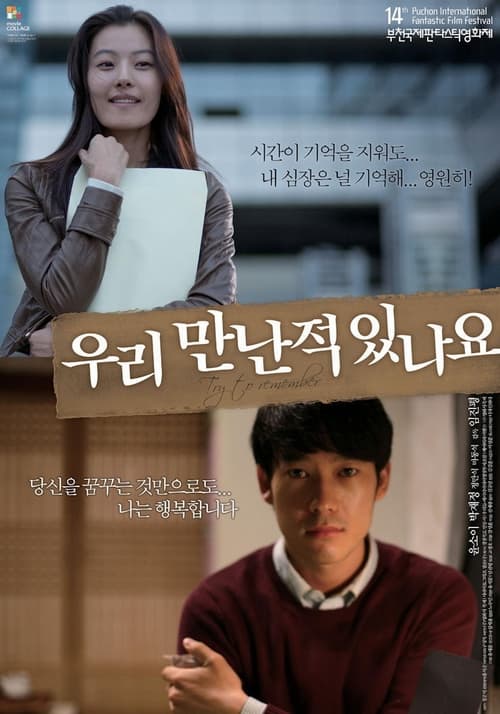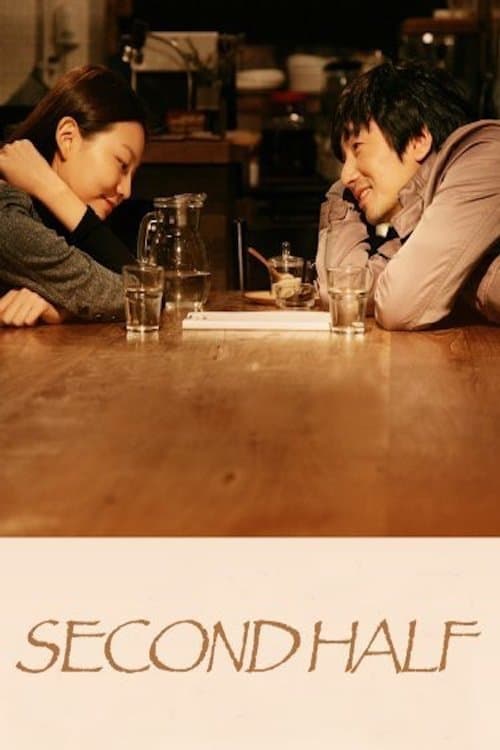
Ask Your Own Question
What is the plot?
What is the ending?
In the ending of "Try to Remember," the main character, a man named Jack, confronts his past and the memories he has been struggling to recall. He finally pieces together the truth about a traumatic event that has haunted him. This revelation leads to a cathartic moment of acceptance and healing. The film concludes with Jack finding a sense of peace, as he embraces his memories, both good and bad, and begins to move forward in his life.
As the final act unfolds, the scene opens in a dimly lit room where Jack sits alone, surrounded by photographs and mementos from his past. The air is thick with tension as he sifts through these items, each one triggering a flood of memories. His brow furrows, and his hands tremble slightly as he picks up a photograph of a younger version of himself with a woman named Sarah, who was once a significant part of his life. The emotional weight of the moment is palpable, as Jack's internal struggle is evident; he is on the brink of confronting the truth he has long avoided.
In the next scene, Jack visits a familiar location from his past--a park where he and Sarah used to spend time together. The vibrant colors of the park contrast sharply with Jack's somber mood. As he walks through the park, he recalls moments of joy and laughter shared with Sarah, but these memories are tinged with sadness. The camera captures Jack's expressions, revealing a mix of nostalgia and regret. He pauses at a bench where they once sat, and the memories flood back, leading him to a moment of clarity about the events that transpired between them.
The narrative shifts as Jack encounters a friend, Mark, who has been a supportive figure throughout his journey. Mark notices Jack's emotional turmoil and encourages him to confront the memories that have been haunting him. Their conversation is filled with tension, as Jack grapples with his fears of facing the past. Mark's unwavering support serves as a catalyst for Jack's eventual breakthrough.
In a pivotal scene, Jack returns home and begins to write in a journal, pouring out his thoughts and feelings. The act of writing becomes a therapeutic release, allowing him to articulate the pain he has carried for so long. As he writes, the camera zooms in on his face, capturing the tears that stream down his cheeks. This moment signifies a turning point for Jack, as he begins to accept the reality of his past and the mistakes he has made.
The climax of the film occurs when Jack finally confronts Sarah, who has been living with her own burdens. They meet at a café, and the atmosphere is charged with unspoken words. Jack's heart races as he prepares to apologize and seek forgiveness. The dialogue between them is raw and emotional, filled with vulnerability. Sarah reveals her own struggles and the impact of their shared history, and Jack listens intently, his heart heavy with remorse.
As their conversation unfolds, Jack and Sarah begin to understand each other on a deeper level. They share their fears, regrets, and hopes for the future. The scene is beautifully shot, with close-ups of their faces capturing the intensity of their emotions. In this moment of honesty, they both find a sense of closure, allowing them to let go of the past and embrace the possibility of healing.
The film concludes with Jack standing alone in the park once more, but this time, the weight of his memories feels lighter. The sun sets in the background, casting a warm glow over the scene. Jack takes a deep breath, a smile breaking through his previously somber demeanor. He has come to terms with his past, and the journey of self-discovery has led him to a place of acceptance. The final shot lingers on Jack's face, reflecting a newfound sense of peace and hope for the future.
In the end, Jack's fate is one of redemption and healing. He has faced his demons and emerged stronger, ready to embrace life with a renewed perspective. Sarah, too, finds solace in their conversation, suggesting that both characters are on a path toward personal growth. The film closes on a note of optimism, emphasizing the importance of confronting one's past to move forward into a brighter future.
Is there a post-credit scene?
In the movie "Try to Remember," there is no post-credit scene. The film concludes its narrative without any additional scenes after the credits roll. The story wraps up with a poignant resolution, focusing on the main character's journey of self-discovery and the emotional weight of memories, leaving the audience with a sense of closure. The absence of a post-credit scene reinforces the film's themes of reflection and the importance of cherishing one's past.
What is the significance of the main character's memory loss in the story?
The main character, who struggles with memory loss, represents the fragility of human experience and the impact of forgotten relationships. This condition drives the narrative, as the character's journey to recover lost memories becomes a quest for identity and connection.
How does the relationship between the protagonist and their family evolve throughout the film?
Initially strained due to the protagonist's memory issues, the relationship with family members is marked by frustration and misunderstanding. As the protagonist begins to recover fragments of their past, moments of reconciliation and emotional bonding emerge, highlighting the importance of family support.
What role does the setting play in the protagonist's journey of self-discovery?
The setting, a small town filled with familiar yet distant landmarks, serves as a backdrop for the protagonist's exploration of their past. Each location triggers memories, evoking a sense of nostalgia and loss, while also representing the emotional landscape the character must navigate.
Who are the key supporting characters, and how do they influence the protagonist's journey?
Key supporting characters include a childhood friend who provides emotional support and a therapist who guides the protagonist through their memory recovery. Each character plays a crucial role in helping the protagonist confront their past, offering insights and encouragement that propel the narrative forward.
What specific memories does the protagonist struggle to recall, and why are they important?
The protagonist struggles to recall pivotal memories related to a traumatic event that altered their life. These memories are crucial as they hold the key to understanding the protagonist's current emotional state and the relationships that have been affected, driving the urgency of their quest for recollection.
Is this family friendly?
"Try to Remember," produced in 2010, is a drama that delves into themes of memory, loss, and the complexities of family relationships. While the film is not overtly graphic or violent, it does contain some elements that may be considered objectionable or upsetting for children or sensitive viewers.
-
Emotional Turmoil: The film explores deep emotional struggles, including grief and regret, which may be intense for younger audiences to process.
-
Family Conflict: There are scenes depicting tension and conflict within the family, which may be distressing for viewers who are sensitive to familial disputes.
-
Themes of Loss: The narrative involves characters dealing with the loss of loved ones, which could evoke strong feelings of sadness or anxiety.
-
Mental Health Issues: The film touches on themes related to mental health, including memory loss and the impact of trauma, which may be challenging for some viewers.
-
Mature Conversations: There are discussions that may involve adult themes or complex emotional situations that could be difficult for children to understand.
Overall, while "Try to Remember" is not explicitly inappropriate, its emotional depth and mature themes may require parental guidance for younger viewers.



























